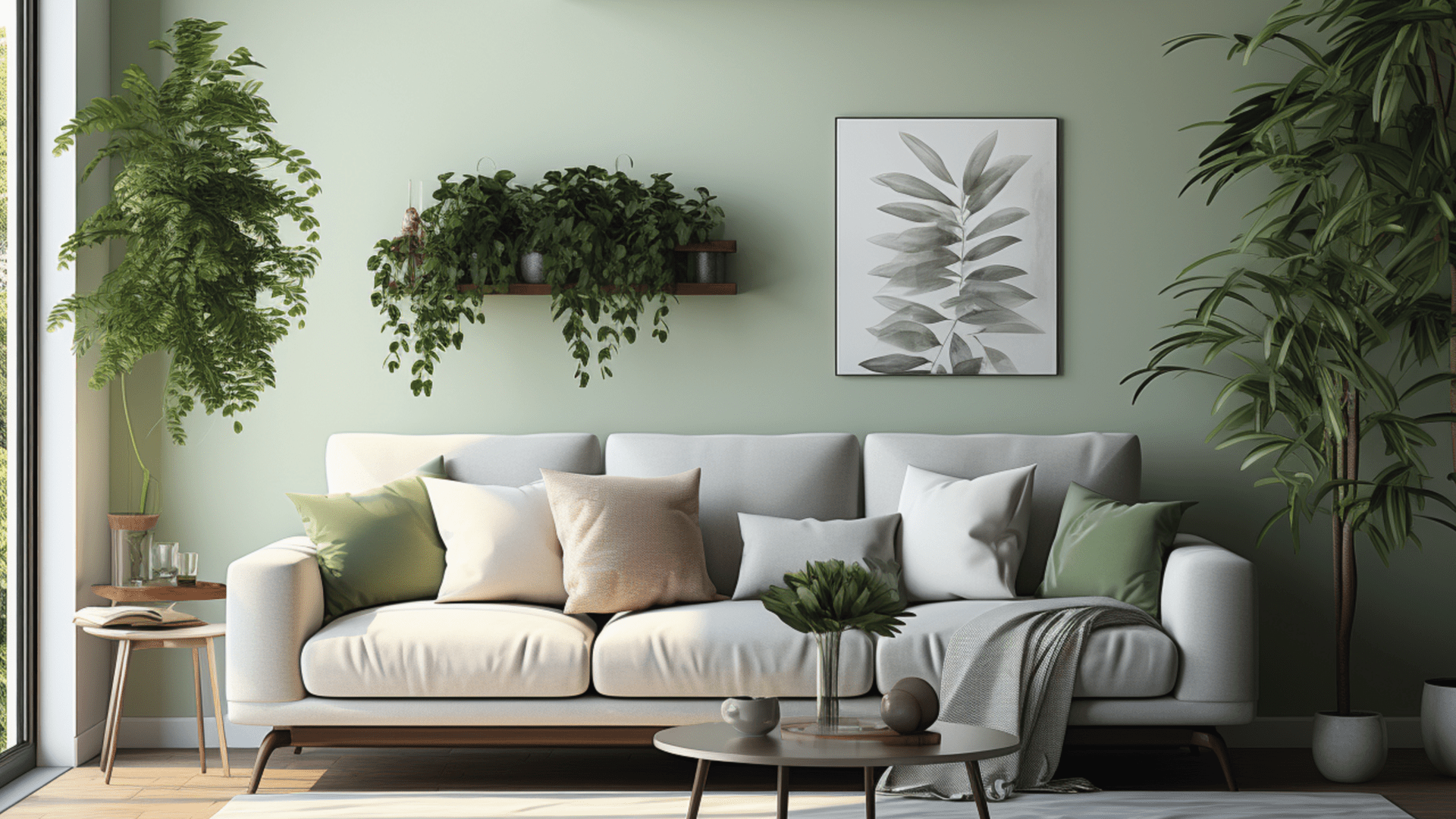Indoor air quality has become a major public health issue, with potentially serious consequences for our health. Beyond the visible aspect of outdoor pollution, indoor air pollution represents an invisible challenge that deserves special attention, as well as specific measures to protect the health of occupants.

Published on 21 January 2025
INFOGRAPHY - The different ways to combat indoor air pollution
Indoor air pollution
Spending almost 80% of our time in enclosed spaces, it's vital to understand the impact of indoor air pollution on our health. The quality of the air we breathe inside our homes can be affected by numerous pollutants, including fine particles, volatile organic compounds (VOCs), mould and carbon monoxide. Problems such as cancer, poisoning and respiratory problems are very real risks associated with this exposure. Air pollution is a major risk factor. According to the WHO, it ranks as the fourth leading risk factor for mortality worldwide. Surprisingly, indoor air pollution can be up to seven times higher than outdoor air pollution. This is a national issue, with regulations in place to limit the risks at national level.
The main sources of pollution
The first step in tackling this problem is to identify common sources of pollution. The main culprits include smoking, cleaning products, heating appliances and excessive humidity, which encourages mould growth. Candles, incense and even outdoor traffic emissions also contribute to indoor pollution. Prevention and the implementation of appropriate measures are therefore crucial to reducing the effects of pollutants on health and improving indoor air quality in your home.
The right gestures to adopt
Daily gestures to adopt :
Regular airing: Air the rooms in your home for 15 to 20 minutes every day. Favour times when there is less pollution outside, such as in the morning. This renews the indoor air, reduces the concentration of pollutants and improves indoor air quality.
Ventilation maintenance: Make sure your mechanical ventilation is working properly by regularly cleaning the filters to prevent the build-up of particles, chemical pollutants and excessive humidity.
Household products: Opt for natural alternatives such as white vinegar or Marseille soap when cleaning. Avoid aerosols and products containing volatile organic compounds (VOCs) that are harmful to health and the environment.
Check for carbon monoxide: Have your boiler and all combustion appliances serviced regularly to reduce emissions of carbon monoxide, an invisible and dangerous gas that can damage respiratory health.
Install an air quality sensor: For continuous monitoring, install indoor air quality monitoring sensors to measure pollutant levels and adjust ventilation accordingly.
Use air purifiers: Some devices reduce the presence of fine particles and volatile pollutants by filtering indoor air.
Limit humidity: Excessive humidity encourages the growth of mould and increased concentrations of pollutants. Use of a dehumidifier and good ventilation help to maintain a healthy environment.
Informed choice when shopping :
A+ labelling: When buying materials, furniture or construction products, give preference to those with A+ labelling, which guarantees a low level of chemical pollutant emissions and contributes to a healthier indoor environment.
Monitoring emissions from materials: Some materials used in furnishing or decoration emit VOCs that can affect air quality. It is essential to choose products that comply with the recommended limit values.
Avoiding sources of indoor pollution: Favour solvent-free paints, reduce the use of chemically-treated wood, and ensure that your premises are well-maintained to reduce concentrations of pollutants.
Use of depolluting plants: Certain plants can absorb certain pollutants from indoor air and improve the environment in your home or workplace.
Controlling emissions from heating appliances: Wood and gas heating systems emit pollutants and fine particles. By maintaining and using certified appliances, you can reduce their impact on indoor air.
Preventive measures against toxic gases: Carbon dioxide and other toxic gases can accumulate in poorly ventilated homes. Good ventilation and rigorous maintenance of heating equipment can reduce their concentration.
By applying these tips, you can help to improve indoor air quality and limit the effects of pollutants on your health and that of your family. Better ventilation, regular maintenance of appliances and responsible use of everyday products are all essential measures for creating a healthier, more sustainable environment.
Guide to a healthy indoor environment
Good indoor air maintenance involves effective ventilation, the use of healthy products and continuous monitoring of pollution levels. With this advice, it is possible to limit exposure to pollutants, improve air quality and protect the health of occupants, especially children, who are more vulnerable to the effects of chemical compounds and fine particles. By implementing these best practices, everyone can contribute to a healthier, more sustainable indoor environment.
Improving indoor air quality is essential if we are to reduce the risks associated with pollution and preserve our well-being on a daily basis. By taking simple steps, choosing low-pollution materials and monitoring pollution levels, we can create a healthier living environment. Protecting our health starts with a healthy, well-ventilated indoor environment, limiting exposure to allergens, chemical pollutants and fine particles.
This news may interest you
Nexelec's news
